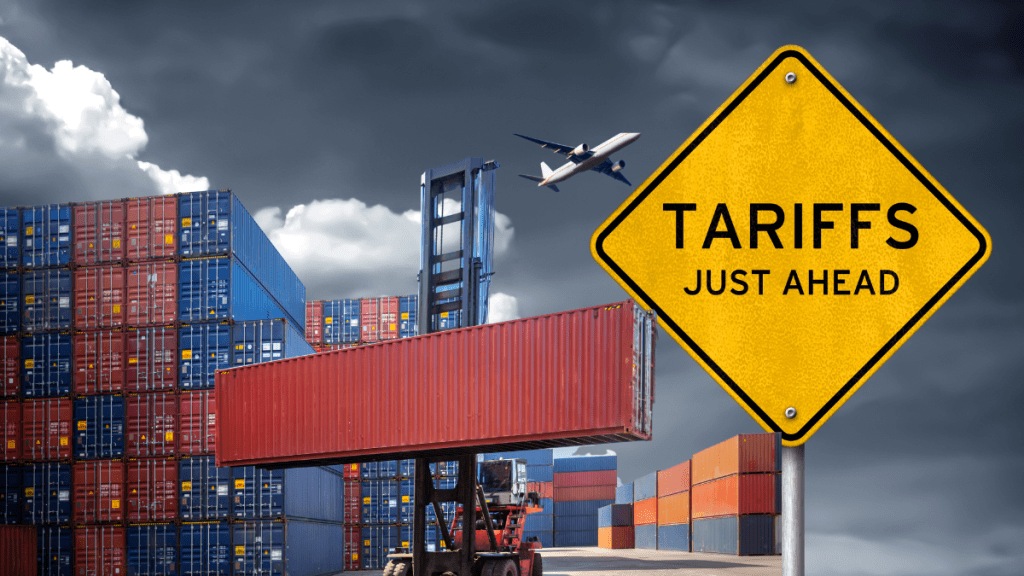By Harsh V Pant & Vivek Mishra
Few had anticipated six months ago that the India-US relationship would encounter the kind of turbulence it has in recent months. Expectations of unpredictability were always high with Donald Trump’s return to the White House for a second term. Yet the scale and immediacy of economic friction have caught many by surprise. The relationship, which has matured steadily over two decades, now faces one of its most severe economic challenges in recent times.
It is important to distinguish between the political and economic dimensions of the bilateral dynamic. Politically, the relationship remains relatively stable. Both recognise their shared stakes in the Indo-Pacific, counterterrorism, and the rise of disruptive technologies. Economically, however, the picture is far more complex. While some argue that direct dialogue between leaders can resolve most disagreements, this view overlooks the fact that the present turbulence is rooted in an economic clash where the Trump administration has drawn firm red lines.
With tariffs of up to 50% on Indian goods imposed by the Trump administration taking effect on Thursday, a sense of unease has settled in New Delhi. What began as a tactical trade dispute has evolved into a deeper impasse, with both sides signalling an unwillingness to back down easily. The tariffs, aimed largely at sectors such as pharmaceuticals, textiles, and certain categories of agricultural goods, represent a direct challenge to India’s export competitiveness. For New Delhi, the fear is not only the immediate economic cost but also the precedent it sets for future protectionist moves by Washington.
From India’s perspective, two convictions are likely to guide its response. First, the structural nature of the bilateral relationship anchored by overlapping commitments in the Indo-Pacific, growing defence cooperation, and shared concerns about China will eventually override the friction over trade. That said, normalisation may take longer this time. The US under Trump is not merely reacting to short-term pressures but it is also attempting to drive a fundamental restructuring of its economic engagement with the world. India, therefore, must adjust to a White House that treats trade as a central lever of power.
Second, India’s economy has historically proven to be resilient. It weathered the 2008 global financial crisis with limited damage compared to other major economies and managed the Covid-19 pandemic better than many peers. This resilience reinforces the argument that India should remain cautious of externally imposed economic costs. At the same time, the present moment coincides with New Delhi’s own push for structural reforms. Prime Minister Narendra Modi’s Independence Day speech this year, coupled with the high-level meeting on next-generation reforms held on August 18, signalled that India intends to double down on economic modernisation despite external headwinds.
Sergio Gor’s appointment
Amid this backdrop, the appointment of Sergio Gor as the next US ambassador to India carries unusual significance. It comes at a time when the bilateral relationship requires careful management, not escalation. By nominating a close confidant to this post, the Trump administration is sending a political signal that it intends to keep the channel with India open even while pressing hard on economic issues.
Gor is not a career diplomat. At 38, he is known more as a trusted political aide of Trump than as a seasoned negotiator. He was deeply involved in staffing decisions during Trump’s first term and is widely regarded as part of the president’s inner circle. His appointment, therefore, reflects Trump’s preference for loyalty and political alignment over traditional diplomatic expertise. For India, the upside is that Gor’s proximity to the president ensures that messages from New Delhi will travel quickly to the Oval Office. The downside, however, is equally evident in that he lacks diplomatic training, and his assignment comes at a time when the margin for missteps is extremely narrow. Gor’s first hurdle will be Senate confirmation. The case of his predecessor, Eric Garcetti, who waited 26 months for confirmation amid domestic investigations, remains fresh in memory. Gor’s path is expected to be smoother, largely because Trump has pushed through confirmations for key nominees with unusual speed.
Expanding the mandate
Adding another layer of complexity is Gor’s dual appointment as special envoy for South and Central Asian affairs. In theory, this could have been a boon for India. The position places him in charge of Washington’s approach to a vast region spanning Afghanistan, Bangladesh, Bhutan, Kazakhstan, Kyrgyzstan, Maldives, Nepal, Pakistan, Sri Lanka, Tajikistan, Turkmenistan, and Uzbekistan. With India as the region’s largest democracy and economy, Gor’s mandate could have reinforced Delhi’s centrality. However, South Asia is uniquely fragmented. If the Trump administration uses Gor’s role to revive US mediation between India and Pakistan, it could reopen an old fault line. For decades, India has opposed any hyphenation of its ties with Pakistan, insisting that the relationship with Washington stand on its own merits. This is a risk New Delhi will watch closely.
Despite the turbulence, both sides recognise that the India-US relationship is too consequential to be derailed by trade disputes alone. Yet the months ahead will not be easy. If both sides harden positions on tariffs, Gor’s assignment in Delhi could become a baptism by fire. His success will depend not only on his access to Trump but also on his ability to convince New Delhi where it matters. For Washington, the challenge lies in balancing the president’s protectionist instincts with the long-term value of India as a partner in Asia. For Delhi, the task is to resist the temptation of overreacting to tariffs while keeping sight of the larger picture.
The writers are respectively vice-president: studies and foreign policy and fellow, Americas, Observer Research Foundation, New Delhi.
Disclaimer: Views expressed are personal and do not reflect the official position or policy of FinancialExpress.com. Reproducing this content without permission is prohibited.

